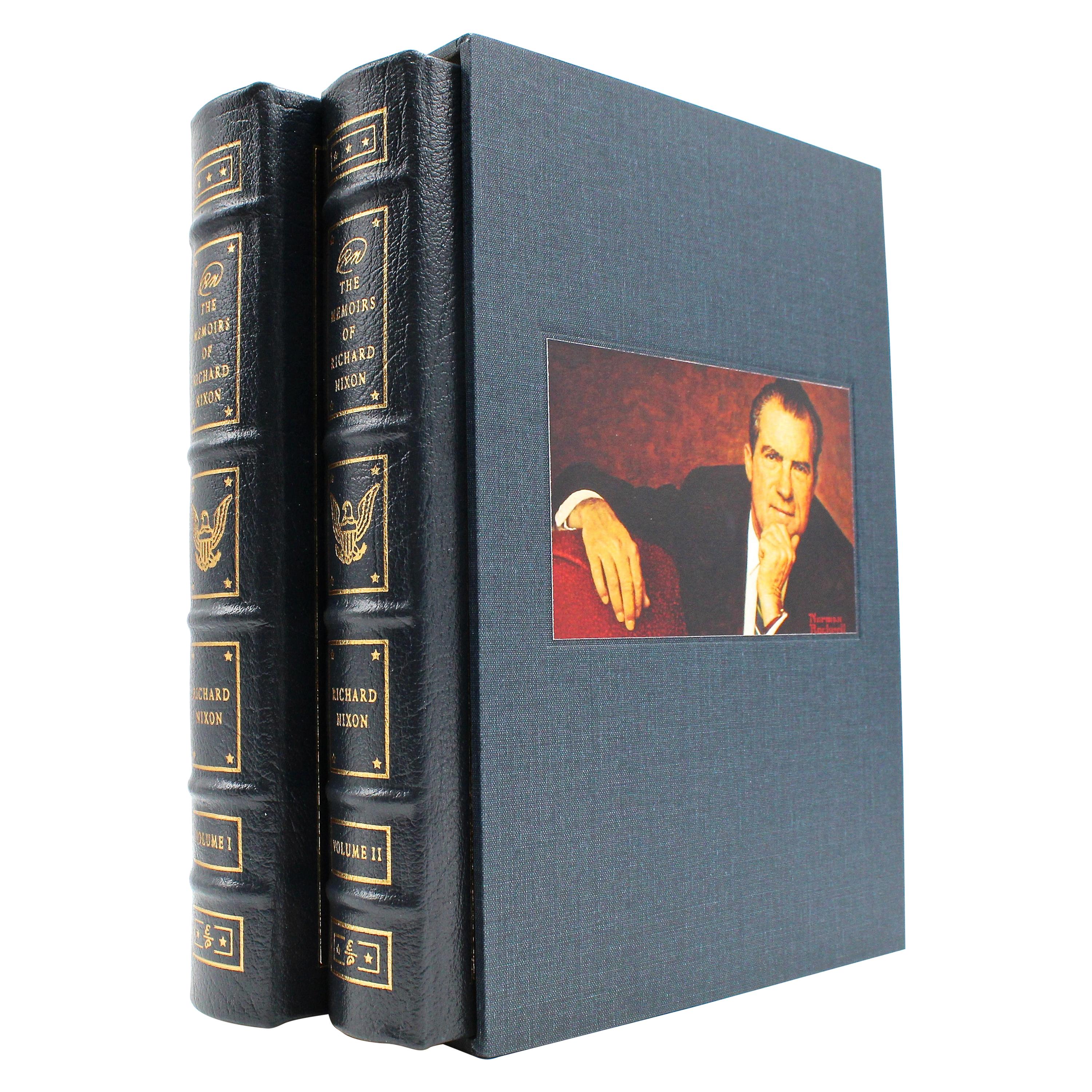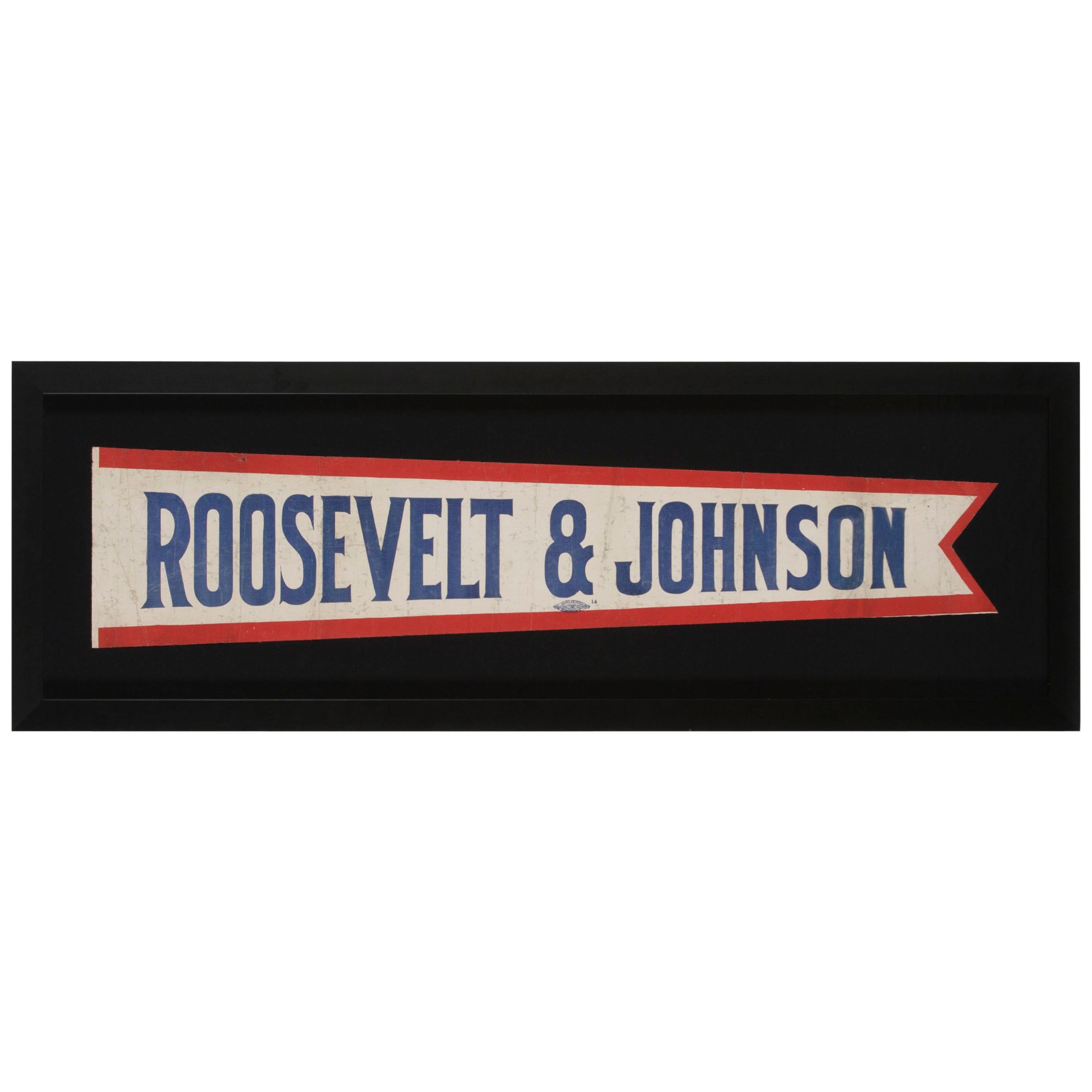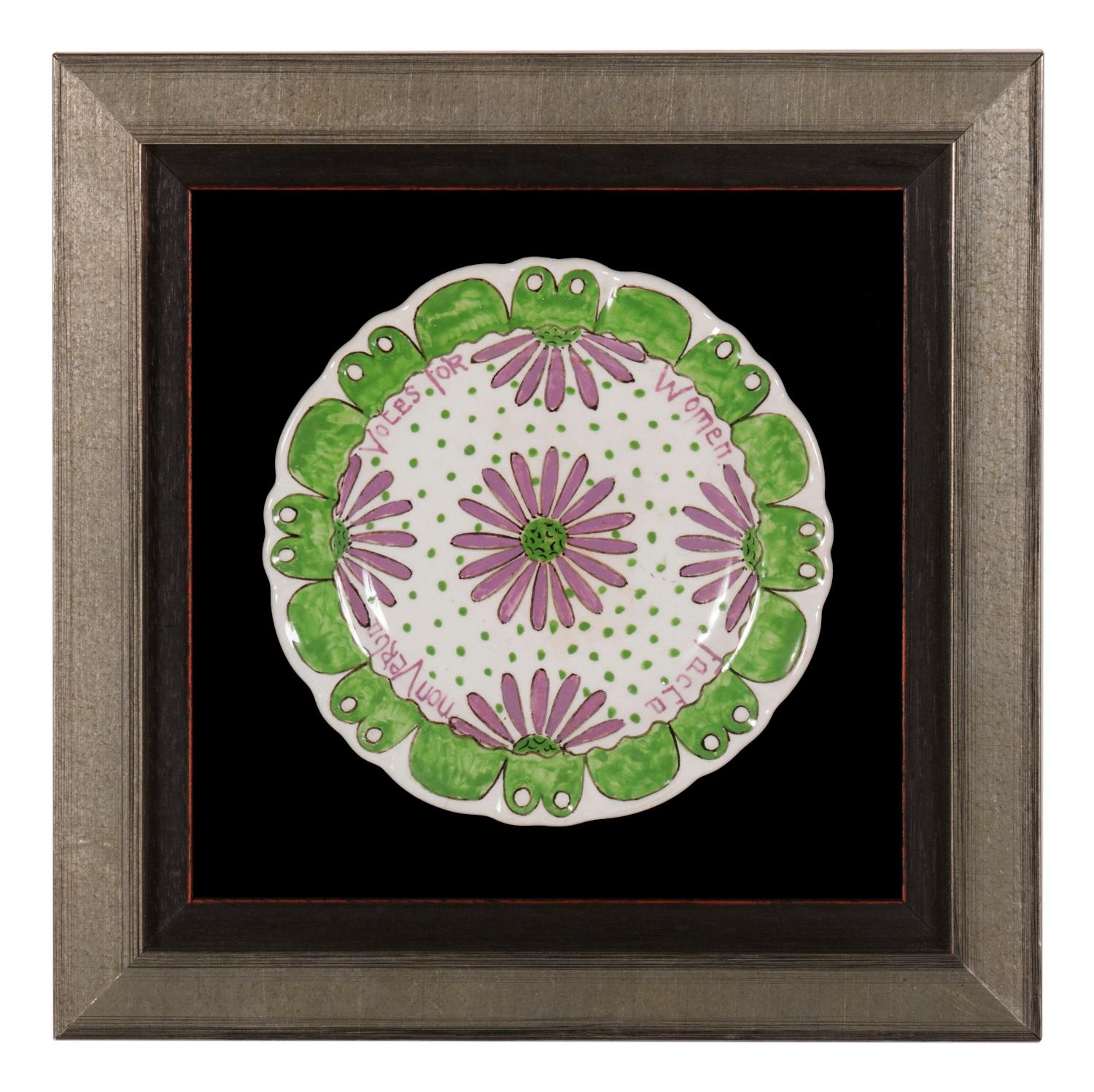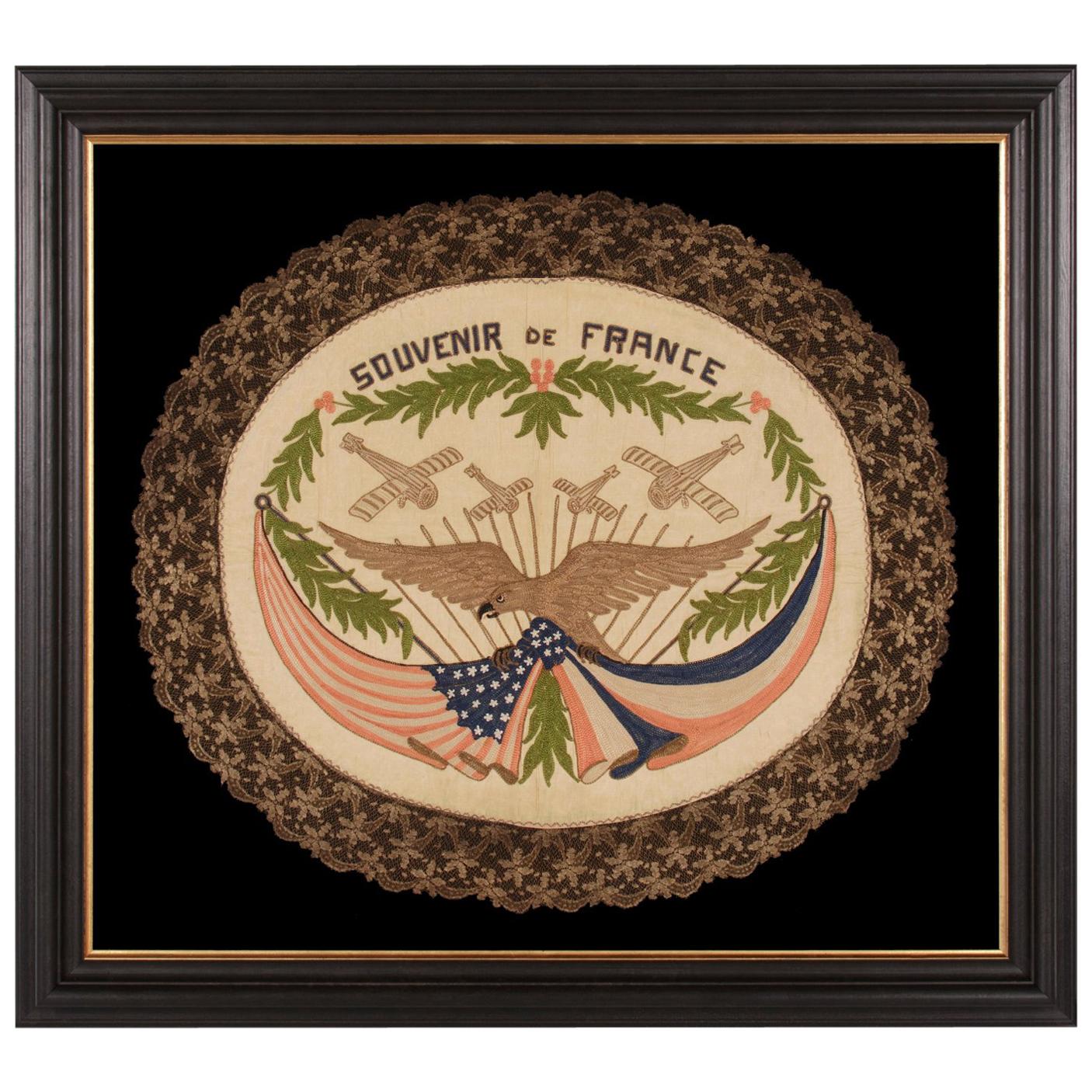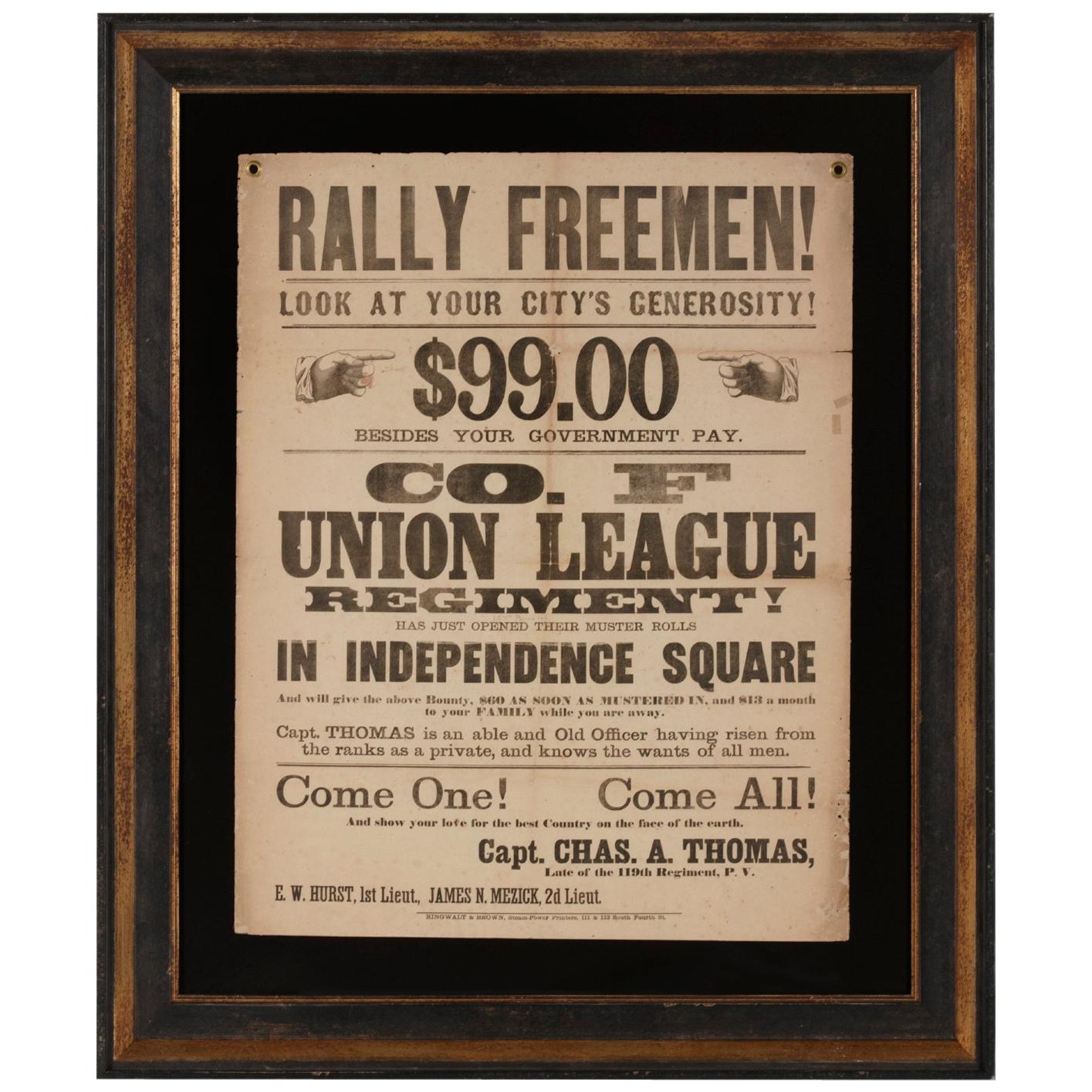Items Similar to Political Debates Between Abraham Lincoln & Stephen A. Douglas, Limited Edition
Want more images or videos?
Request additional images or videos from the seller
1 of 5
Political Debates Between Abraham Lincoln & Stephen A. Douglas, Limited Edition
About the Item
Lincoln, Abraham and Stephen A. Douglas. Political Debates Between Hon. Abraham Lincoln and Hon. Stephen A. Douglas, In the Celebrated Campaign of 1858, in Illinois, Including the Preceding Speeches of Each, at Chicago, Springfield, Etc.; Also, the Two Great Speeches of Mr. Lincoln in Ohio, in 1859. Cleveland: The Burrows Brothers Company, 1894. Limited edition printing, No. 168 of 750. Presented in ¼ leather and cloth binding, with gilt titles and raised bands to spine, with a new archival cloth slipcase.
This is a special limited edition printing of the political debates of Lincoln and Stephen Douglas, the most important political debates of the 19th century. The book was issued in 1894 as a limited edition of 750 copies, from the publisher The Burrows Brothers Company, in Cleveland, Ohio. This particular book is numbered 168 of the edition.
The series of seven debates between Stephen A. Douglas and Abraham Lincoln during the 1858 Illinois state election campaign was among the most significant statements in American political history. The issues they discussed were not only of critical importance to the sectional conflict over slavery and states’ rights but also touched deeper questions that would continue to influence political discourse. As Lincoln said, the issues would be discussed long after “these poor tongues of Judge Douglas and myself shall be silent.”
Douglas, a member of Congress since 1843 and a nationally prominent spokesman for the Democratic party, was seeking reelection to a third term in the U.S. Senate. Abraham Lincoln, by then a well-regarded lawyer and former one-term Republican congressman from Illinois, challenged Douglas for his Senate seat. Because of Douglas’s political stature, the campaign attracted national attention. Lincoln and Douglas participated in an unprecedented series of seven debates throughout Illinois, one in each of the state's Congressional districts.
In the debates, Lincoln argued that the nation would eventually encompass all slave states or all free states, and nothing in between. He cited the end of the Missouri Compromise and the Dred Scott decision as evidence that slavery was spreading into the Northern states. Meanwhile, Douglas attempted to tie Lincoln to radical abolitionists who would undermine national political stability to extend equality to African Americans. Douglas continued on to win the election, then determined by the state legislature, not by direct popular vote, but the debates gave Lincoln some national name-recognition, which he leveraged at the Republican Convention to secure the party's nomination for president of the United States in the 1860 elections.
Almost immediately after losing the 1858 to Douglas, Lincoln began collecting reports and transcriptions of his great debates with Douglas as they appeared in various Chicago newspapers. He later handed his notes and records over to the influential Republican operative Oran Follett of Ohio who published them in 1860, just in time for Lincoln’s presidential campaign. The book was a huge success, selling out in only a few months. It has been cited as a significant influence in helping Lincoln gain the presidency.
Condition:
Overall very good condition. Limited edition issue, numbered 164 of 750 on the edition page in ink. Printed for the Burrows brothers Company by John Wilson and Son, at the University Press, Cambridge, 1894. Clean throughout. Light stain to upper corner of full title and edition pages.
Presented rebound in a ¼ leather and cloth boards with raised bands and gilt stamps and titles to spine. With new archival cloth slipcase with Lincoln Douglas debate image inlaid on front.
- Dimensions:Height: 10.25 in (26.04 cm)Width: 7.75 in (19.69 cm)Depth: 1.75 in (4.45 cm)
- Materials and Techniques:
- Period:
- Date of Manufacture:1894
- Condition:Additions or alterations made to the original: Presented rebound in a ¼ leather and cloth boards with raised bands and gilt stamps and titles to spine. With new archival cloth slipcase with Lincoln Douglas debate image inlaid on front. Wear consistent with age and use.
- Seller Location:Colorado Springs, CO
- Reference Number:
About the Seller
4.9
Platinum Seller
These expertly vetted sellers are 1stDibs' most experienced sellers and are rated highest by our customers.
Established in 2010
1stDibs seller since 2011
400 sales on 1stDibs
Typical response time: <1 hour
- ShippingRetrieving quote...Ships From: Colorado Springs, CO
- Return PolicyA return for this item may be initiated within 10 days of delivery.
More From This SellerView All
- "Memoirs of Richard Nixon" Two-Volume Set, Easton Press Edition, 1988Located in Colorado Springs, CONixon, Richard. The Memoirs of Richard Nixon. Norwalk: The Easton Press, 1988. Two-volume set. Bound in full leather with 22-karat gold embossing. Housed ...Category
Vintage 1980s American Books
MaterialsGold Leaf
- Fathers of the Air Service Authentic Signature Collage, circa 1926-1993Located in Colorado Springs, COPresented is a collage celebrating the men who made an early impact on the formation of America’s Air Service. Complete with signatures by Jimmy Doolittle, Tooey Spaatz, Hap Arnold, ...Category
Late 20th Century American Historical Memorabilia
MaterialsPaper
- Antique 13-Star Patriotic Sash by Louis E. Stilz & Bros., Early 20th CenturyLocated in Colorado Springs, COPresented is an original patriotic sash from the early 20th century, featuring 13 stars against a bright blue field. This sash features appliqued silver stars on a blue canton, red a...Category
Early 20th Century American Historical Memorabilia
MaterialsCotton
- 46-Star American Flag, Antique Printed on Silk, Early 20th CenturyLocated in Colorado Springs, COThis is an original 46-star American parade flag, printed on silk. Each star represents a state in the Union at the time. The official flag design would update every July 4th, to inc...Category
Antique Early 1900s American Political and Patriotic Memorabilia
MaterialsSilk
- George H. W. Bush & Barbara Bush Signed PhotographsLocated in Colorado Springs, COThis is a handsome collage of two signed and inscribed photographs of George H. W. Bush and Barbara Bush. Both photographs are inscribed to the same rec...Category
Late 20th Century American Political and Patriotic Memorabilia
MaterialsPaper
- John F. Kennedy Signed Senate Menu CollageLocated in Colorado Springs, COPresented is a John F. Kennedy inscribed and autographed United States Senate Restaurant menu. Kennedy signed the menu on April 10, 1957, when he was a Senator representing the state of Massachusetts...Category
Vintage 1950s American Historical Memorabilia
MaterialsPaper
You May Also Like
- "Rally Freemen!..." Civil War Recruitment BroadsideLocated in York County, PA"RALLY FREEMEN! …COME ONE! COME ALL! AND SHOW YOUR LOVE FOR THE BEST COUNTRY ON THE FACE OF THE EARTH." A CIVIL WAR RECRUITMENT BROADSIDE FOR THE...Category
Antique 1860s American Political and Patriotic Memorabilia
MaterialsPaper
- Suffragette Plate, "Deeds Not Words" & "Votes for Women", The Only Known ExampleLocated in York County, PAENGLISH PORCELAIN SUFFRAGETTE PLATE WITH "DEEDS, NOT WORDS" AND "VOTES FOR WOMEN" SLOGANS, ONE-OF-A-KIND AMONG KNOWN EXAMPLES, CA 1905-1918 English porcelain plate, made for the Wo...Category
Early 20th Century English Political and Patriotic Memorabilia
MaterialsPorcelain
- Elongated Pennant Made for the 1912 Presidential Campaign of Roosevelt & JohnsonLocated in York County, PAELONGATED PENNANT MADE FOR THE 1912 PRESIDENTIAL CAMPAIGN OF THEODORE ROOSEVELT & HIRAM JOHNSON, WHEN THEY RAN ON THE INDEPENDENT, BULL MOOSE / PROGRESSIVE PARTY TICKET: Elongated,...Category
Vintage 1910s American Political and Patriotic Memorabilia
MaterialsCotton
- Franco-American Textile with the Image of an Eagle Holding the American and FlagLocated in York County, PAFranco-American textile with the image of an eagle supporting knotted and draped american and French flags beneath four war planes; embroidered silk floss and metallic bullion thread...Category
Mid-20th Century American Political and Patriotic Memorabilia
MaterialsSilk
- 13 Star American Flag with Hand-Sewn Stars in the 3rd Maryland PatternLocated in York County, PA13 hand sewn stars in a circular version of what is known as the 3rd Maryland pattern, with an especially large center star, a flag with especially tiny scale among those with pieced-and-sewn construction, exceptionally rare, made circa 1890: 13 star flags have been flown throughout our nation’s history for a variety of purposes. They were hoisted at patriotic events, including Lafayette’s visit in 1824-25, the celebration of the centennial of American independence in 1876, and the sesquicentennial in 1926. They were displayed during the Civil War, to reference past struggles for American liberty and victory over oppression, and were used by 19th century politicians while campaigning for the same reason. As the number of stars grew with the addition of new states, it became more and more difficult to fit their full complement on a small flag. The stars would, by necessity, have to become smaller, which made it more and more difficult to view them from a distance as individual objects. The fear was that too many of them close together would become as one white mass and distort the ability to identify American ships on the open seas. Keeping the count low allowed for better visibility. For this reason the U.S. Navy flew 13 star flags on small boats. Some private ship owners mirrored this practice and flew 13 star flags during the same period as the Navy. Flag experts disagree about the precisely when the Navy began to revert to 13 stars and other low counts. Some feel that the use of 13 star flags never stopped, which seems to be supported by depictions of ships in period artwork. This was, of course, the original number of stars on the first American national flag, by way of the First Flag Act of 1777, and equal to the number of original colonies that became states. Any American flag that has previously been official remains so according to the flag acts, so it remains perfectly acceptable to fly 13 star flags today by way of congressional law. Since there was no official star configuration until the 20th century (1912 specifically, beginning with the 48 star count), the stars on 13 star flags may appear in any one of a host of configurations. Some of these are more rare and desirable than others. The stars of this particular flag are arranged in what has come to be known as the "3rd Maryland Pattern." This configuration, whether oval or circular, is appreciated both for its visual appeal and the scarcity of its use. a circular wreath of 12 with a single star in the center. The name comes from a flag that resides at the Maryland State Capitol in Annapolis, long thought to have been present with General Daniel Morgan at the Battle of Cowpens in 1781. According to legend, the flag was supposed to have been carried by Color Sergeant William Batchelor of the 3rd Maryland Light Infantry and was donated to the State of Maryland by Batchelor's descendants. The story was disproved in the 1970's, however, following an examination by the late flag expert Grace Rogers Cooper of the Smithsonian, who discovered that the Cowpens flag was, at the earliest, of Mexican War...Category
Antique 1890s American Political and Patriotic Memorabilia
MaterialsWool
- 1806 Printed Linen Kerchief Glorifying George Washington, Germantown, PennLocated in York County, PAEXTRAORDINARILY EARLY (1806) PRINTED LINEN KERCHIEF GLORIFYING GEORGE WASHINGTON, PRINT WORKS, GERMANTOWN, PENNSYLVANIA Printed in blue ink on coarse, white linen, this patriotic kerchief shows a standing portrait of George Washington, above which is a swag valance and the words “The Effect of Principle, Behold the Man”. The portrait is based on a mezzotint after Gilbert Stuart’s very famous painting of Washington in his later years, most often referred to as the Landsdowne portrait. Stuart painted three versions of it in oil on canvas, one of which was completed in 1796 for a wealthy merchant by the name of William Constable, who commissioned the work for Alexander Hamilton. The kerchief is interesting because it is both American-made and documented. This is exceptionally unusual for any printed textile of the 19th century or prior and the earlier the time period the more unlikely an object is to be identified. This kerchief and a companion piece entitled “The Love of Truth Mark the Boy” (also glorifying Washington, through the fabled story of the cherry tree), were made circa 1806 by Germantown Print Works in Germantown, Pennsylvania. To the left of Washington's image is a portion of his infamous farewell address to his troops at the end of the Revolutionary War. To the right is a short excerpt from his eulogy. Below these are three images. In the center is a square-rigged tall ship with “Commercial Union” above it, flanked by the American eagle on the left and the British lion on the right. It is reasonable to assume that the textile may have been produced in demonstration of the maker's desire, and/or that of others, to advance trade with England. Commercial printers were very influential in early America, as they possessed the means by which to disseminate information. This kerchief and its companion piece are documented in Threads of History, Americana Recorded on Cloth, 1775 - the Present, by Herbert Ridgeway Collins (1979, Smithsonian Press), p. 63, items 38 & 39.* The two pieces pictured are in the collection of Cornell University, but the Collins text also cites an uncut pair to be present in the collection of the Western Reserve Historical Society, Cleveland, OH. The name "Germantown Print Works" is printed on the Western Reserve examples. Another example of the textile in question is documented in "Running for President, The Candidates and Their Images, 1789-1896" by Schlesinger, Israel, and Frendt, (1994, Simon & Schuster), p. 15. I have seen three different color variations of this textile, including sepia, mulberry red, and blue. This particular example has a hand-sewn binding along the top, lower, and left edges. Mounting: The textile was mounted and framed within our own conservation department, which is led by expert staff. We take great care in the mounting and preservation of flags and have framed thousands of examples. The gilded molding has a rippled profile and dates to the period between 1825 and 1850.The background is 100% cotton twill, black in color. The glazing is U.V. protective plexiglass. Feel free to contact us for more details. Condition: There is an all-over golden oxidation of the white fabric and there is very minor staining. There are tiny tack holes in each corner and there are minor nicks around the perimeter. * Collins relates that Germantown Printworks was operated by the Hewsons. In doing so he cites one of Worthington Chauncey Ford's books on George Washington, but it isn't clear which one (there are many) and no page numbers are given. John Hewson was an Englishman who came to America and opened his printing business on the advice of Benjamin Franklin. He was one of the first “calico printers” and is the earliest documented to have advertised printed kerchiefs. His ads for bandanas appear as early as June 20th, 1774. He is suspected of having produced the very first American kerchief that pictured an American president, which is documented in Collins as item 1 on page 48. Linda Eaton, curator at Winterthur, in 2012, is currently doing in depth research on the three printers of fabrics that were operating in Germantown in early America. She discovered that the owner and/or operator of Germantown Print Works, while not currently known, was not John Hewson. This information is not yet published. She also noted that Winterthur possessed examples of the two George Washington textiles...Category
Antique Early 1800s American Political and Patriotic Memorabilia
MaterialsCotton
Recently Viewed
View AllMore Ways To Browse
Art Books
Antique Limited
Black Memorabilia
Antique Patriotic
Patriotic Antique
Memorabilia Patriotic Political
Antique Black Memorabilia
Antique Political Memorabilia
Antique Patriotic Memorabilia
19th Century American Politics
Used Furniture Lincoln
Sectional S
Presidents Politics
Antique Lincoln
United Wilson
Antique African American
African American Antique
Antique Paper Memorabilia
